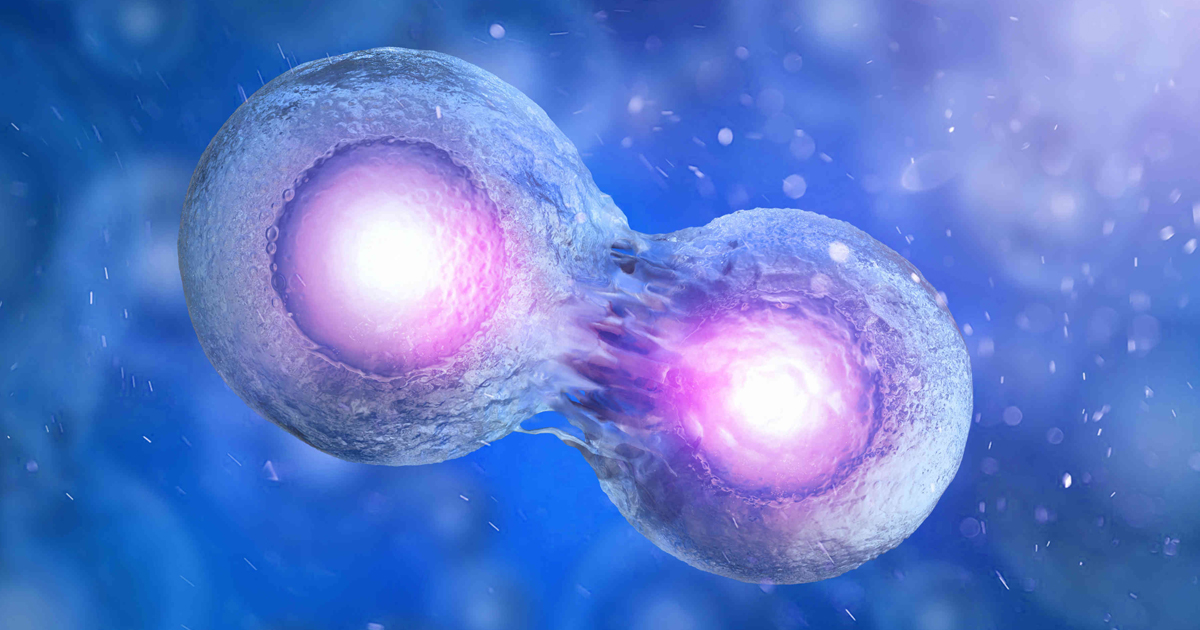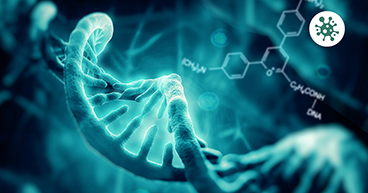
When the first stem cell transplant was performed in 1957 by E. Donnall Thomas, MD, the results proved less than promising. All six of Dr. Thomas’ leukemia patients died within 100 days of their transplants. Thirty-three years later, Dr. Thomas won the Nobel Prize in medicine for his work on stem cell transplantation. Today, the procedure, refined after decades of research, is the standard of care for patients with various forms of anemia and hematologic malignancies, such as leukemia, lymphoma and multiple myeloma.
What are stem cells?
Stem cells are undifferentiated, immature cells that develop into different blood cells, muscle cells or any other type of cell in the body. Unlike mature cells, stem cells are capable of long-term self-renewal, the ability to replicate and divide themselves for long periods of time. Hematopoietic stem cells are immature blood cells in bone marrow that mature into the three types of blood cells:
- Platelets that help blood to clot
- Red blood cells that carry oxygen in the blood
- White blood cells, or immune cells, that fight off infections and viruses
Liquid cancers, such as lymphomas or leukemias, can damage or deplete stem cells. Also, patients may receive very high doses of chemotherapy and/or radiation therapy to kill cancer cells before their transplant, further depleting their bone marrow. A transplant is intended to replenish the body’s supply of hematopoietic stem cells and allow the body to start making new, healthy blood cells.
What’s the difference?
The two main types of stem cell transplants are autologous and allogeneic. Both are treatment options for most liquid cancers, but the type of transplant a patient receives depends on several factors, including the diagnosis, the status of the disease at the time of the transplant, the type of donor and the overall health of the patient. “One isn’t better than the other, but for certain diseases and disease status, one would be preferred, and one would not,” says Pamela Crilley, DO, Chair of the CTCA® Department of Medical Oncology.
An autologous stem cell transplant uses the patient’s own stem cells, harvested, frozen and then infused back into the body after chemotherapy or radiation therapy. When the transplant works as designed, the new stem cells restore the bone marrow and begin making healthy blood cells. “Autologous transplants have fewer complications because a patient won’t reject their own cells,” Dr. Crilley says. “Not that it’s always that simple. You still have to collect viable cells with a validated collection process. You need cryopreservation capabilities to freeze the cells. And you have to have an experienced staff that knows what to do if there are complications.”An allogeneic stem cell transplant uses stem cells collected from a donor, including:
- A sibling with perfectly matched stem cells
- A relative with partially matched stem cells
- Someone unrelated found through the National Marrow Donor Program
“With allogeneic transplants, you are taking the donor’s immune system and introducing it into the recipient’s immune system,” Dr. Crilley says. “The T-cells from the donor may attack the recipient, who may have some difficulty fighting off the attack because their immune system is suppressed.” When the immune cells from the donor attack cells in the host, it’s called graft-versus-host (GVHD) disease. This potentially life-threatening side effect may occur days, weeks or, in some cases, years after the transplant and affect the skin, liver or digestive tract. Symptoms of GVHD include a rash, nausea, vomiting, cramps and jaundice and recurrent infections. A mild case of GVHD, however, may be beneficial, Dr. Crilley says, because it may indicate the new cells are attacking the underlying disease. “Mild GVHD disease may actually mean a better outcome for the patient,” she says.
More about stem cells
- Stem cells are removed from the body two ways:
- Bone marrow harvest, a surgical procedure performed under anesthesia
- Apheresis, a procedure in which blood is removed from the body and infused back into the bloodstream after the stem cells have been removed
- A syngeneic stem cell transplant is performed when the donor and patient are identical twins.
- Tissue-specific stem cells, such as those in blood or muscles, are sometimes called adult stem cells, even though they are also found in children.
- Embryonic stem cells are called pluripotent because they can develop into any type of cell in the body.

